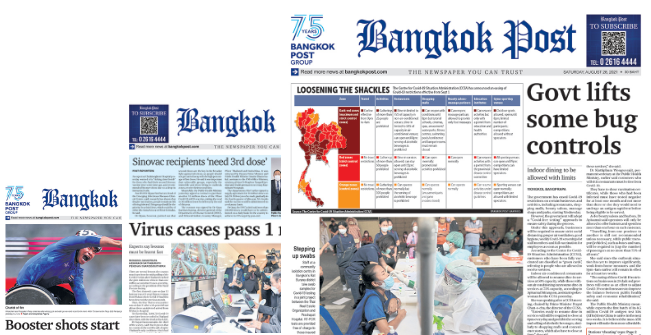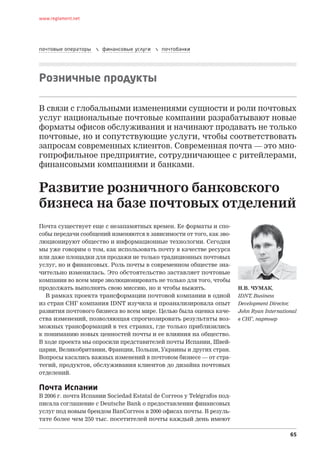Analyzing Trump's Stance On Transgender Service Members: An Examination Of The Ban

Table of Contents
The Proclamation and its Rationale
On July 26, 2017, President Trump issued a memorandum directing the Department of Defense to prohibit transgender individuals from serving in the U.S. military. The stated rationale behind this controversial decision centered on arguments related to military readiness, cost, and combat effectiveness. The administration claimed that the inclusion of transgender service members would impose significant burdens on the military, disrupting unit cohesion, requiring expensive medical treatments, and potentially compromising operational effectiveness.
- Specific claims made by the Trump administration: The administration argued that transgender service members would necessitate significant healthcare costs, disrupt unit cohesion due to potential bathroom and housing issues, and pose a risk to combat readiness.
- Counterarguments and evidence challenging these claims: Numerous studies and expert testimonies refuted these claims, demonstrating that transgender individuals serve effectively in militaries worldwide and that the projected healthcare costs were significantly overestimated. Furthermore, the impact on unit cohesion was largely attributed to prejudice and lack of inclusivity rather than inherent characteristics of transgender individuals.
- Analysis of the potential impact on military readiness and morale: The ban likely had a negative impact on military morale, creating a climate of fear and discrimination within the armed forces. It also potentially hindered recruitment efforts by signaling a lack of inclusivity. Many argued that excluding qualified individuals solely based on their gender identity weakened the military's overall strength.
Legal Challenges and Court Battles
The Trump's transgender military ban faced immediate and significant legal challenges. Organizations such as the ACLU (American Civil Liberties Union) and Lambda Legal filed numerous lawsuits on behalf of transgender service members, arguing that the ban violated the principles of equal protection under the law. These legal battles unfolded across various courts, leading to a series of significant rulings.
- Key organizations involved: The ACLU, Lambda Legal, and numerous other LGBTQ+ rights organizations played critical roles in challenging the ban.
- Summary of major court rulings: Lower courts largely sided with the plaintiffs, issuing injunctions that temporarily blocked the ban's enforcement. However, the legal battles were complex and protracted, with conflicting opinions across different judicial circuits.
- Analysis of the legal precedent: These cases set important legal precedents regarding discrimination based on gender identity, demonstrating the ongoing struggle for equal rights within the military and broader society.
Societal Impact and Public Opinion
The Trump administration's transgender military ban had a profound societal impact, extending far beyond the military itself. It sent a message of exclusion and discrimination to transgender individuals and the LGBTQ+ community as a whole, fueling existing anxieties and prejudices. Public opinion on the ban was divided, although polling data revealed that support for transgender individuals serving openly in the military was relatively high.
- Data on public opinion: While exact figures vary depending on the poll and its methodology, several reputable surveys indicated significant public support for allowing transgender individuals to serve.
- Examples of the impact on transgender service members' lives: The ban led to immense stress, fear of discharge, and disruption of careers for many transgender service members, creating a climate of uncertainty and insecurity.
- Discussion of the impact on recruitment and retention: The ban likely negatively impacted recruitment and retention efforts, discouraging potential recruits from joining the military and driving away talented and dedicated personnel already serving.
The Biden Administration's Reversal
President Biden swiftly reversed Trump's transgender military ban upon taking office in 2021. This reversal was a significant step towards promoting inclusivity and equality within the military. The Biden administration emphasized that gender identity should not be a barrier to service and reaffirmed the military's commitment to diversity and equal opportunity.
- Specific executive orders or policies: President Biden issued executive orders reinstating transgender individuals' ability to serve openly in the military, effectively nullifying the Trump-era ban.
- Impact of the reversal: The reversal provided relief and restored hope for transgender service members, creating a more welcoming and inclusive environment within the armed forces.
- Comparison to the Trump administration's policy: The Biden administration's approach stands in stark contrast to the Trump administration's policy, highlighting the significant shift in approach towards LGBTQ+ rights and inclusivity in military service.
Conclusion
The analysis of Trump's transgender military ban reveals a complex interplay of legal, social, and political factors. The policy generated intense controversy, sparked significant legal challenges, and had a profound impact on transgender individuals, the LGBTQ+ community, and the U.S. military's image. While the ban was ultimately overturned, its legacy remains a stark reminder of the ongoing struggle for equality and inclusivity. We encourage further research and discussion on this critical issue. To learn more about current policies and support organizations working to advance LGBTQ+ rights, please visit [link to relevant resource 1] and [link to relevant resource 2]. Understanding the implications of Trump's transgender military ban and its aftermath is crucial for shaping a more just and equitable future for all.

Featured Posts
-
 Nhs Trust Chiefs Commitment To Nottingham Attack Inquiry
May 10, 2025
Nhs Trust Chiefs Commitment To Nottingham Attack Inquiry
May 10, 2025 -
 News From The Bangkok Post Transgender Community Seeks Legal Reform
May 10, 2025
News From The Bangkok Post Transgender Community Seeks Legal Reform
May 10, 2025 -
 Indian Stock Market Rally Sensex At 1 400 Points Nifty 50 Above 23 800
May 10, 2025
Indian Stock Market Rally Sensex At 1 400 Points Nifty 50 Above 23 800
May 10, 2025 -
 Soglashenie Frantsii I Polshi Chto Oznachaet Noviy Oboronniy Soyuz Dlya Nato
May 10, 2025
Soglashenie Frantsii I Polshi Chto Oznachaet Noviy Oboronniy Soyuz Dlya Nato
May 10, 2025 -
 Donner Ses Cheveux A Dijon Pour Une Bonne Cause Guide Complet
May 10, 2025
Donner Ses Cheveux A Dijon Pour Une Bonne Cause Guide Complet
May 10, 2025
